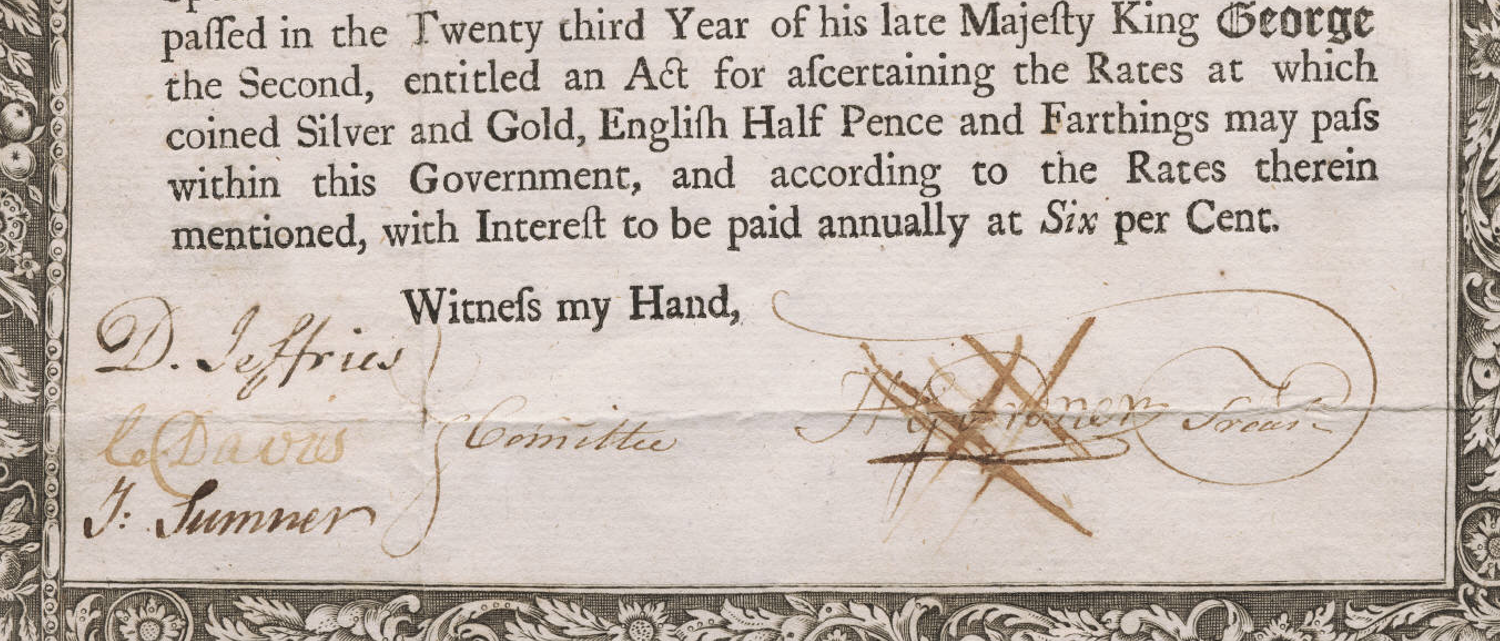[Updated 9 May 2022: This post was rendered obsolete by this April 2022 post.]
 One consequence of my not doing deals is that I have little occasion to consider what effect, if any, e-signing has on the wording and format of contracts.
One consequence of my not doing deals is that I have little occasion to consider what effect, if any, e-signing has on the wording and format of contracts.
As far as I can tell, DocuSign works with whatever signature blocks you have. The only implication I can think of is that if signatures are always dated, you shouldn’t include a date for the contract in the introductory clause.
As for adding boilerplate in which the parties acknowledge that e-signing is enforceable, I think we’re past that.
What have I missed?
(You’re welcome to post a comment here—I’d like to return to having more of the discussion on this blog—or anywhere else. Or if you prefer, you’re welcome to email me at kadams@adamsdrafting.com.

I switched recently from a company that doesn’t do e-signing to a company that does nothing but e-sign. I have to say, I think it’s great. We don’t have anything unique about the wording or the signature blocks (although to be honest the signature area could be re-designed to more easily accomodate the signature).
One interesting thing is that my current employer separates out the “approval” process from the “signature” process. I don’t know how common that is, but in my prior employe the signer was the approver, as a general matter. Separating those two things out is much more efficient – the people who know about and are responsible for the deal give it an ok, the person signing simply checks that the appropriate people have approved. It works quite well.
Thanks!
I have not seen any new wording in concluding clauses or any restructuring of signature blocks to accommodate digital signatures. Sometimes (particularly in Adobe Acrobat), the e-signature software will allow you to choose the size and placement of the e-signature. E-signatures appear to be business as usual.
When I know that at least one of the parties will be e-signing, I add a line to the counterparts clause stating that a signature made or transmitted electronically will be deemed an original signature.
Thanks. I wonder whether e-signing is sufficiently, as you say, business as usual that you don’t need to add that line about e-signatures being deemed original. In fact, I don’t even bother with a counterparts clause.
There’s no legal reason to call that out, and depends on the service, the esign consent probably includes something about electronic signatures and their binding effect, even though it’s not needed there either.
Current e-sign platforms don’t have any deep understanding of signature blocks. Basically, they let you put stickers on a PDF and say which side should fill them out: name here, title here, e-mail here, and so on. The big practical benefit is that they won’t let a party click “Done” until they’ve actually filled out all the fields required. You can also add people by name and e-mail to a signing packet, so they receive review or fully signed copies at various stages of the process.
Noted!
One harsh lesson I learned early on is also that the tools don’t seem know about multiple signers in the sense of multiple investors signing what used to be one generic PDF signature page. Now, I create one for each signer.
Thanks!
I question whether an incumbency certificate, which confirms the “true and genuine signature” of an officer signing documents, can still be done via e-signing. If the officer has drawn (for example with a finger or stylus) or uploaded a JPEG of a wet ink signature, is that true and genuine? Does the officer need to use that drawn or uploaded signature to sign all documents? What if the officer uses a stylized (i.e., typed) signature, is that true and genuine?